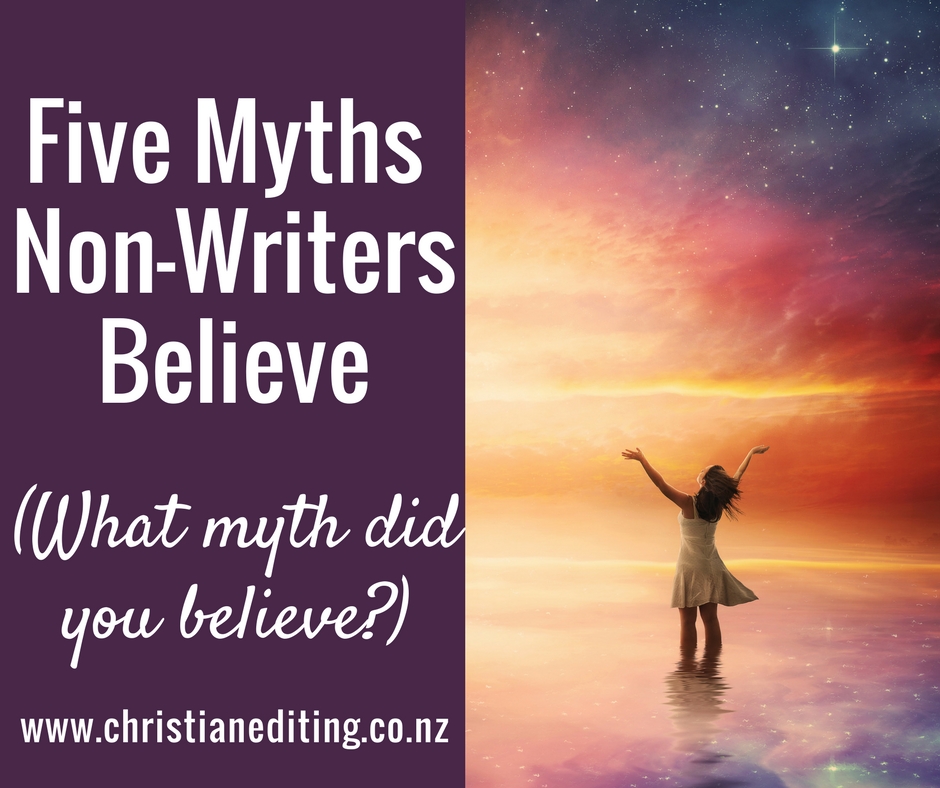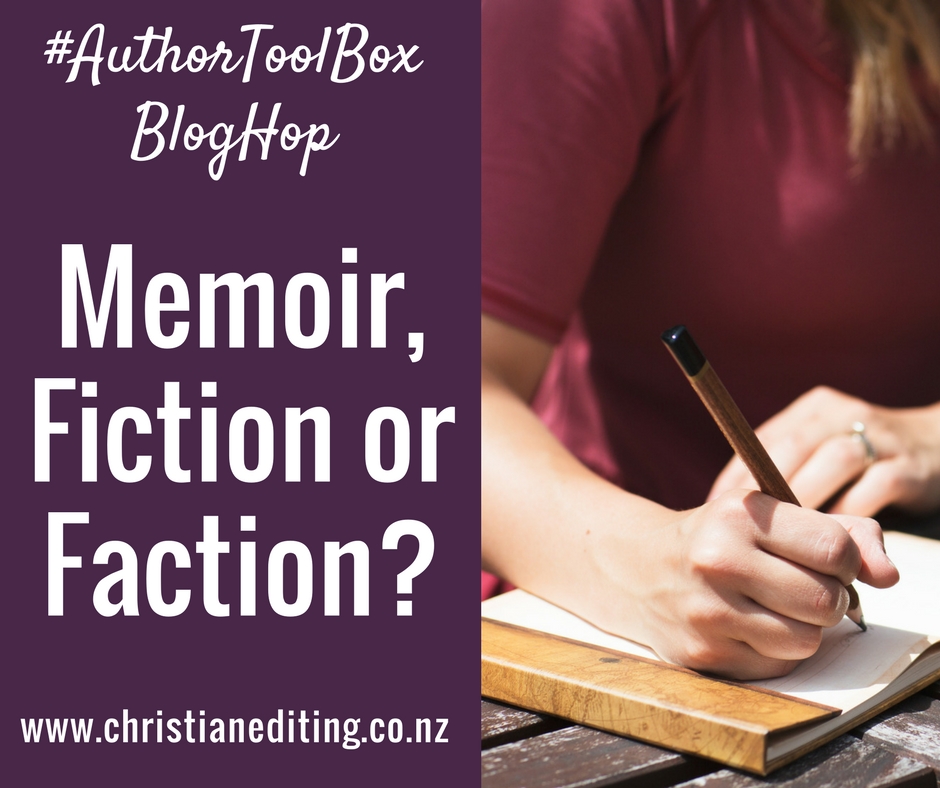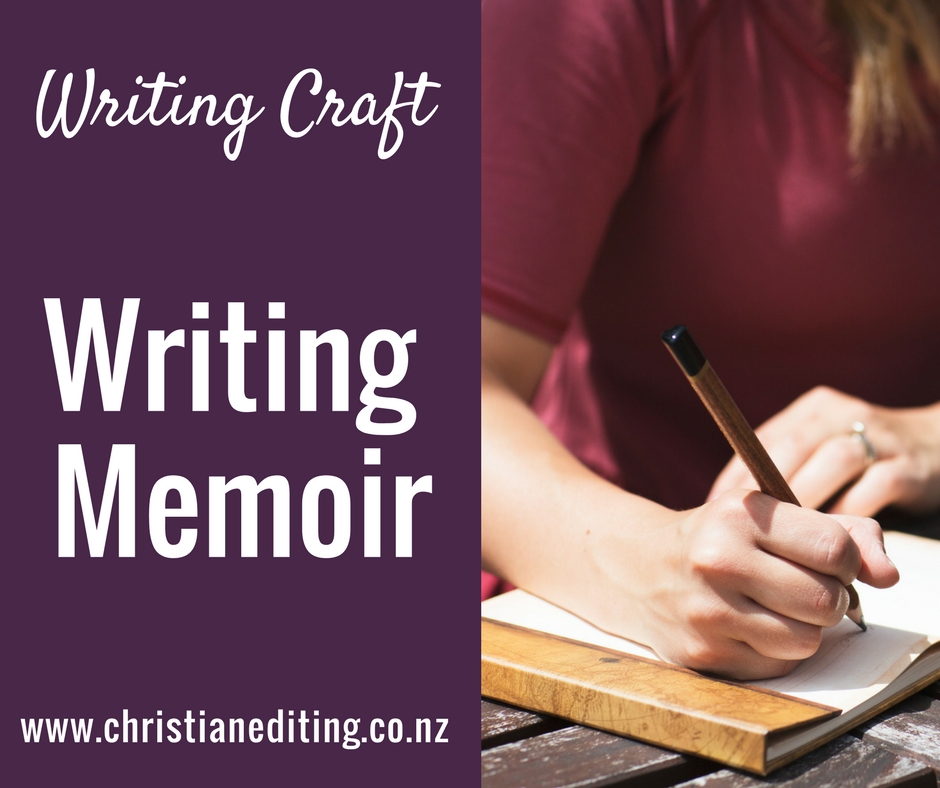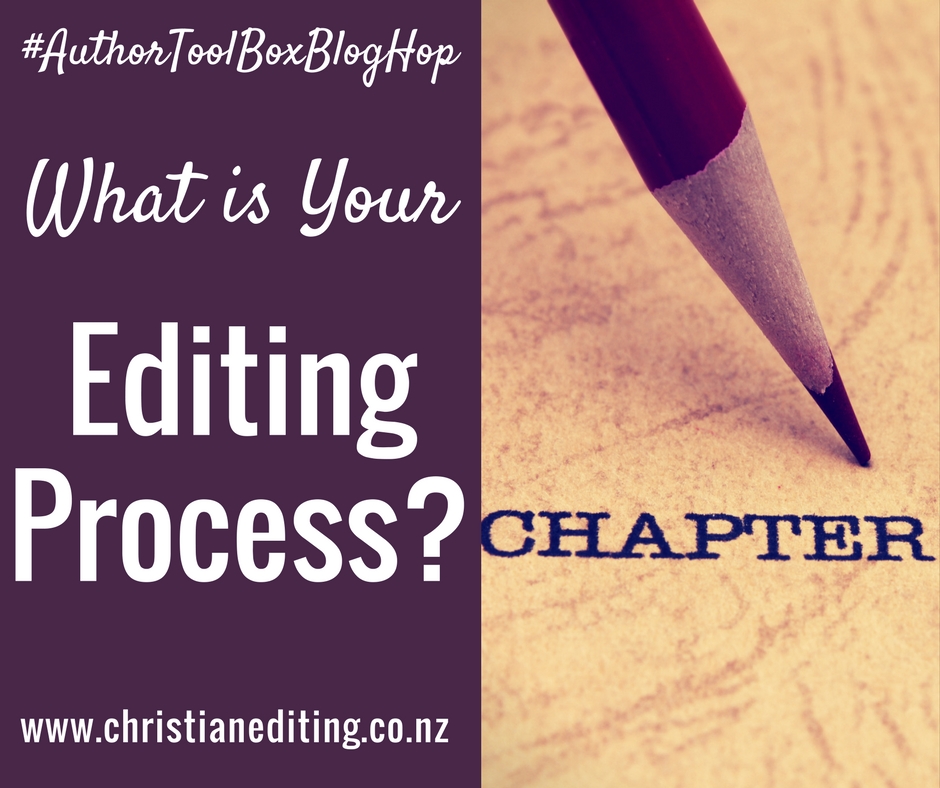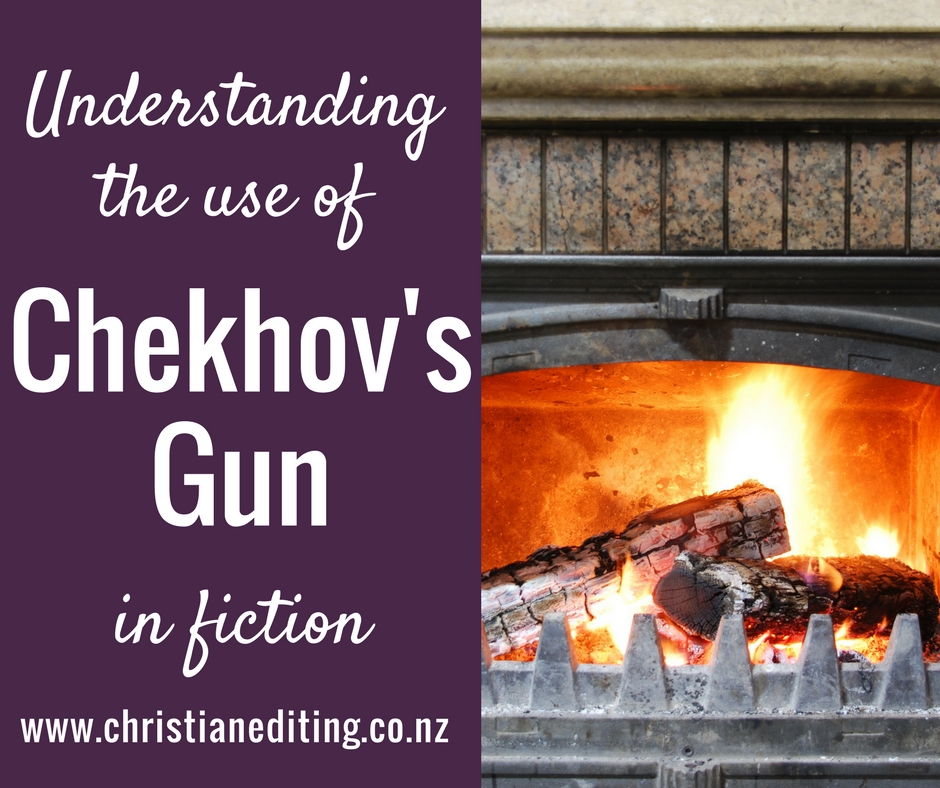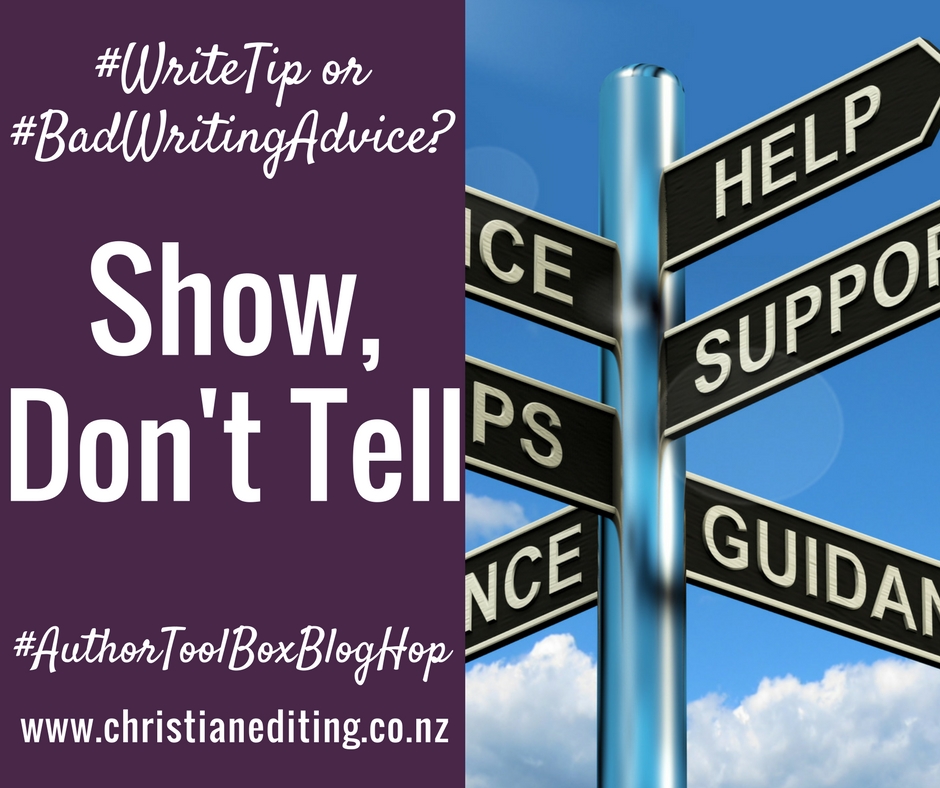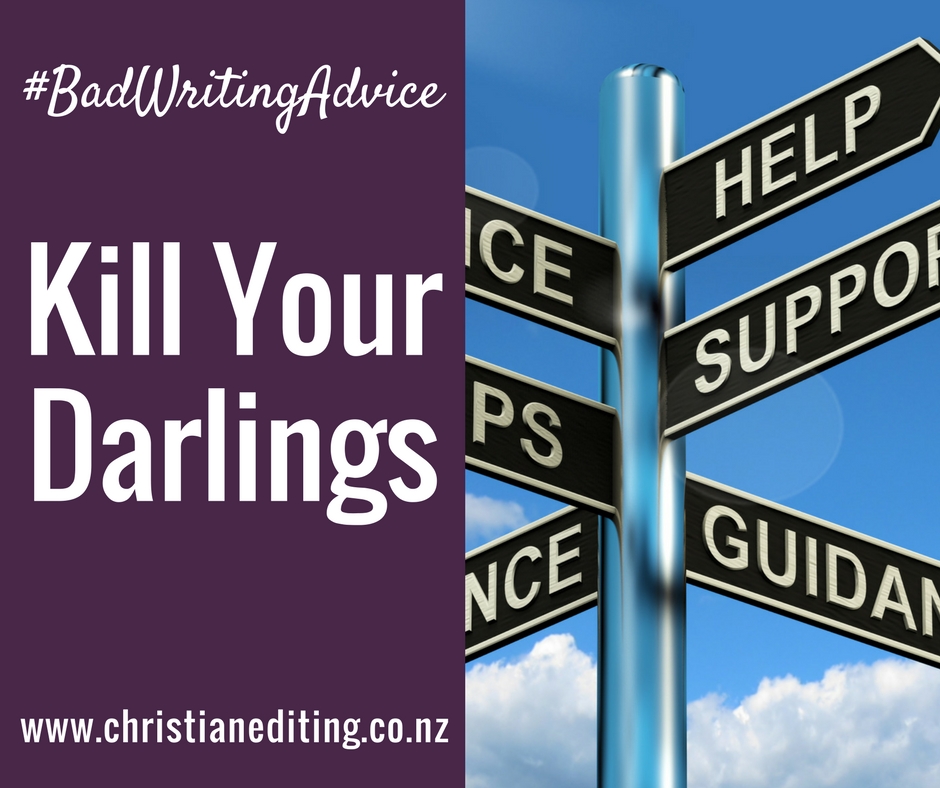If you’re reading this, you’re probably a writer. But you weren’t always a writer. Once upon a time you were a reader and—perhaps—an aspiring writer.
Like me.
I’ve always been a reader. A bookworm, if you like. And like many readers, I also wanted to be a writer. Specifically, a novelist. I won two school writing competitions in high school and even went on a creative writing camp, but the endless essays of high school and university didn’t leave much time for personal reading or writing.
I didn’t know much about the publishing industry.
Okay. I didn’t know anything about the publishing industry.
I started reading for pleasure again when I got a job, but not writing: I already spent enough hours a day in front of a computer, writing client reports and our company newsletter. I had one colleague whose wife was writing a novel. I asked how it was progressing: he said she was still in the research phase, which was going to take her a year. I asked a few more times but stopped asking when I got a look that said she wasn’t making much progress (or not making as much as her husband thought she ought to be making).
I had another colleague who announced one day that he’d finished his novel. I asked when it was going to be published. Yes, I really thought it was that easy.
When I started researching the craft of writing and the business of publishing, I soon realised that many of my assumptions were incorrect. In particular, there were five myths I believed about writing:
- Anyone can write a novel
- Writing is a good way to earn some extra cash
- Running spell check is enough editing
- Getting a novel published is easy
- Writers write. The publisher does the rest
Are you laughing yet? Or do some of my naïve ideas sound eerily familiar? I’ve since discovered my ideas were misguided. But I’ve also discovered there is an element of truth in some of them.
Anyone can write a novel
This is both wrong and right. Anyone can type 80,000 words and call it a novel. Slapping a cover on it and uploading to Amazon isn’t hard (it can’t be, given the quality of some of the novels on Amazon).
But writing a good novel is hard, and not just ‘anyone’ can do it. It takes patience, perseverance, and practice. And most people don’t make it.
Writing is an easy way to earn some extra cash
If you’re prepared to make money writing scam recipe books (using recipes copied from dodgy websites) or scam self-help books (using advice copied from wacko websites) or other scam books (using information copied from Wikipedia), then yes, writing can be an easy way to earn extra cash. Even better, hire someone on Fiverr to ghostwrite (or ghostcopy) the book for you.
But is that writing? It’s certainly not the writing dream so many people have. In reality, pursuing a career as a writer, especially a novelist, is going to cost you a lot of money before you earn anything from it. And most writers also have a day job to pay the bills.
Running spell check is enough editing
Once the manuscript is written, editing is just a matter of running spell check, followed by a quick read-through to make sure spell check hasn’t missed any your/you’re or their/there/they’re errors. That’s editing.
No, that’s running spell check. Editing goes into a lot more detail, and a good novel will have one gone through several stages of editing before it is published (not to mention being read and red-penned by critique partners and beta readers before it goes to the editor). And then it will be proofread—which is different again.
Getting a novel published is easy
Check out your local bookstore. Check out the publishers of those novels. Getting your novel published by one of those publishers isn’t easy. It’s a long way from easy.
But the advent of vanity publishers and self-publishing make it easy to find a publisher. Any vanity press will take your money, tell you you’ve written the next great American (or Australian or British or Canadian or New Zealand) novel, and for another $10,000 they’ll be able to put your novel in front of influential Hollywood producers (and take a first-class holiday in some swanky resort).
But self-publishing platforms such as Amazon, DrafttoDigital, iBooks, Kobo and Smashwords do provide newbie authors with a way of getting their novels published and printed and on sale. And it’s not difficult. But authors soon find that writing and publishing was the easy part . . .
Writers write. The publisher does the rest
This is the final myth, and is one that continues to drive new authors to traditional publishers. They don’t want to be involved in the publishing or the marketing. They want to write. Period. The problem with this myth is that all authors, no matter how they are published, all authors have to do more than write.
Even traditional publishers expect authors to contribute to their marketing efforts. At the very least, these will include a website (which the author pays for), social media profiles and regular updates (which the author undertakes herself, or pays someone else to manage), and attendance at certain industry events and conferences (which the author pays for). These efforts may or may not sell books.
Self-published authors have sole responsibility for marketing — there is no one else. They can just write, but then it’s likely no one will buy their books.
Myth or Truth?
Yes, there is an element of truth in each of these five myths. But more myth than truth. Oh, well. Back to the writing . . .

